Stop and document your travel experiences in any way possible to relive them again and again.
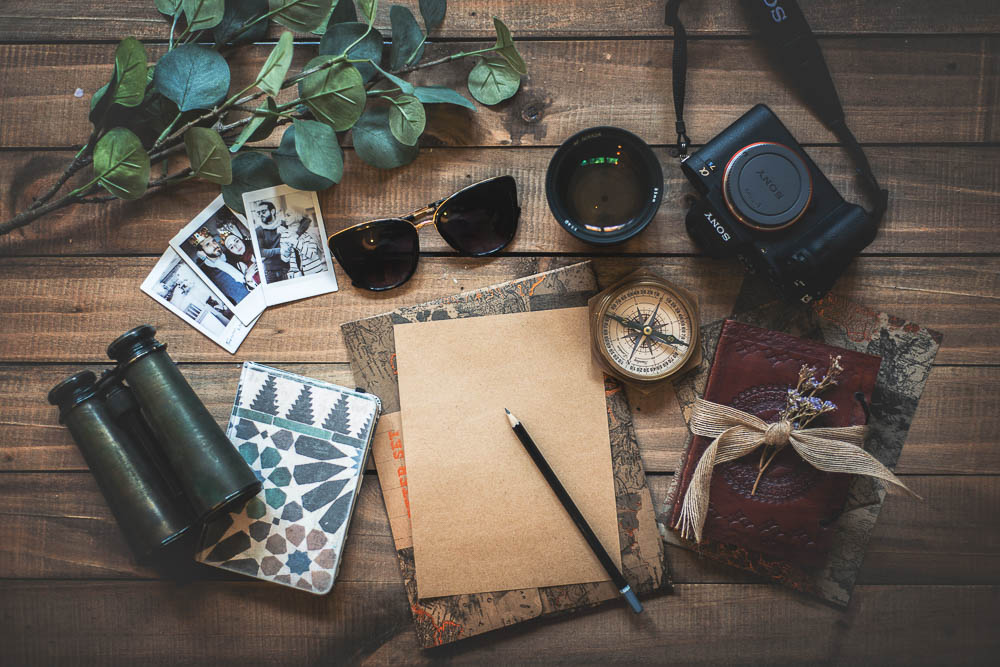
The Magic of Documenting Your Travel Experiences
My last day in Amsterdam arrived. Despite heavy rain, which was an almost perpetual sight in the Netherlands at the end of November, I had walked a lot during the past few days. Mesmerized by fairy-tale architecture, arch bridges across more than a hundred canals, I explored the center of the city on foot in rain and occasional sunshine.
With a camera hanging around my neck for easy access, I documented my travel experiences in Amsterdam in detail that I knew would wane with time. In places like restaurants and small markets, where I couldn’t easily blend in with the crowd and felt rather uncomfortable shooting with my big camera, a much-smaller phone camera did the recording job.
I purposely decided against stepping inside any museums. With roughly 90 museums and art galleries at your disposal, you need four months, not four days in the city. Instead, driven by a promise of expanding my travel experiences beyond the capital, I had resolved to use my last day to go to Utrecht, the fourth-largest city in the Netherlands known for its medieval center.
Struggles with Documenting ALL Travel Experiences
The journey was short, only 45 minutes by train. So it worked out just perfectly. Except it was a very early morning. And it was Saturday. After a downpour last night and still thick clouds in the sky that threatened to burst into heavy torrents any minute, the city looked uninviting. Charming, no doubt, but cold and gloomy.
None of the places where I could snuggle with a cup of hot tea by a large window and record my observations and morning experiences were open. It would be another two-three hours before they would invite any wanderer inside.
With nothing else to do, I went for a long walk, clutching my umbrella tightly. I longed to return to warmer Amsterdam. After nearly three hours of exploring the medieval town and paying a visit to historic sawmill De Ster, I trod back to Utrecht Central Station and jumped on the next train to Amsterdam.
My fingers were still too cold to hold a pen and jot down a few words about this short trip. So I resorted to my memory and pictures that I had been diligently taking earlier to remind me about this boomerang experience.
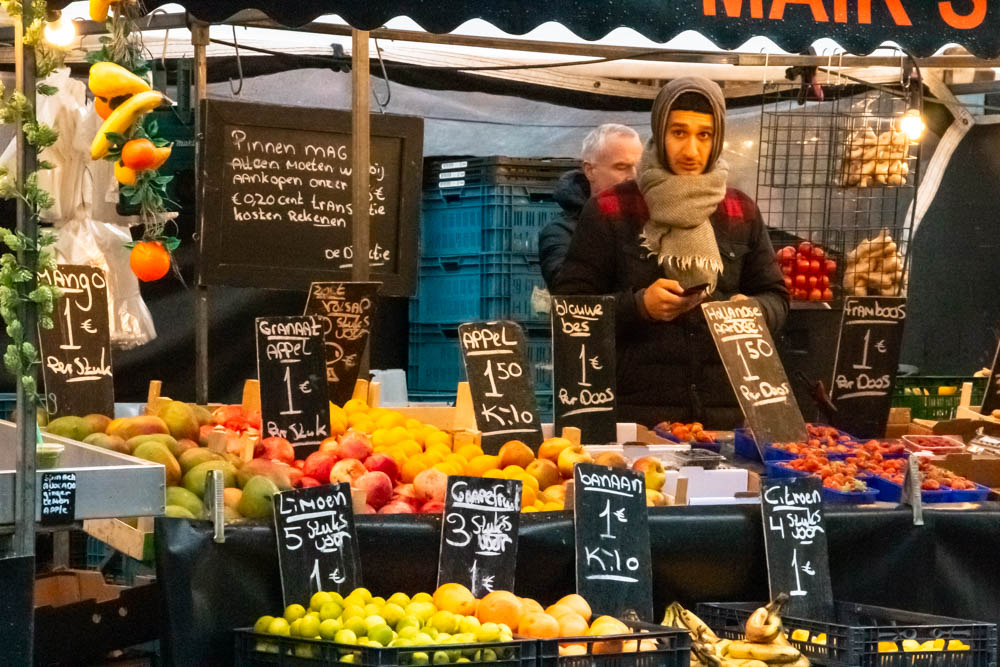
When the Trip Gives You Lemons, You Improvise
The rain followed me to Amsterdam. Not a heavy downpour. More of a drizzle. Yet strong enough to make me look for refuge inside. I found the shelter I needed within the walls of the Rijksmuseum.
During the last three days, I had passed by the imposing building several times. Never once had I felt compelled to step inside. The truth was I wasn’t interested in the Rembrandt collection that one of the largest museums in the country featured at that time even on my last day in the city.
The Cuypers Library had all my attention. If I had to make “lemonade” from this travel experience, I wanted to “document” the country’s largest and oldest research library hidden within the museum.
Surprising Discoveries Kept Rolling
After quenching my thirst for the library, I surprised myself by starting to document different facets of this rather spontaneous experience.
Lost among permanent and temporary collections of the museum, I admired and photographed miniature silverware, musical instruments, patriotic relics, and porcelain dolls.
Normally these things stay out of my radar. First, it’s hard to document such travel experiences without attracting unnecessary attention. Second and more importantly, I gravitate toward candid experiences I can find outside. Occasional conversations with locals, fleeting moments and seasonal fluctuations of nature are the things I want to document during my trips.
But there was something unusual about the Rijksmuseum. Something that I could not quite grasp. Something that inspired me to take out my camera and photograph away. Would I ever use these pictures or even edit them? I didn’t know. And I didn’t care. The process of exploring something new and documenting if along the way was already enough.
Pay Off Time
A few years later while writing an article about the Rijksmuseum, I finally opened that photo archive. As I edited one picture after another, details that I’d long forgotten resurfaced. I could even remember a conversation I had with a museum staff member.
Years ago, I had been reluctant to document my travel experiences while being surrounded by many people. Now I could see how my initial discomfort and awkwardness paid off tenfold.
Recording my travel experiences proved to be rewarding in so many ways. It revived moments when my memory failed to do so. I was climbing the stairs of the museum and transporting myself from one era to another. But this time, through the pictures and some notes I’d taken that evening.
Documenting your travel experiences is useful for various reasons. These six are by far the most apparent. But the list can go on and on.
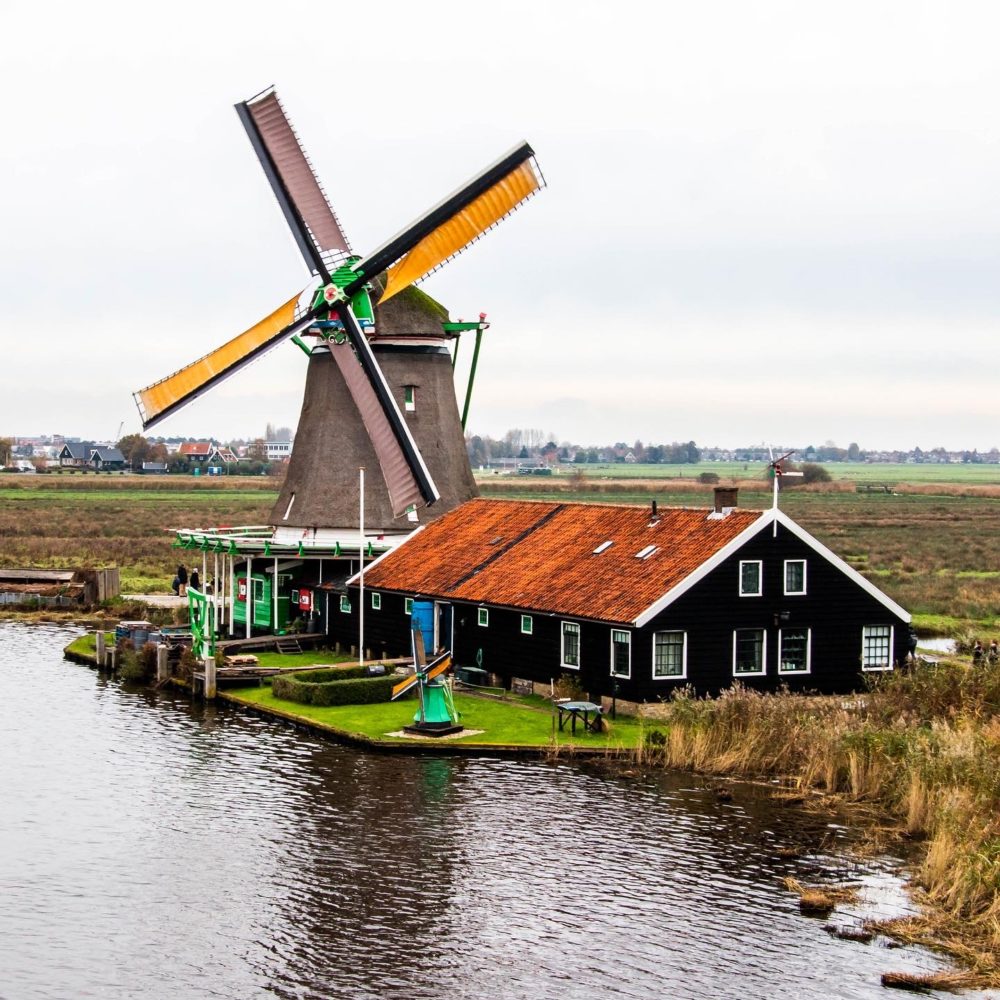
REASONS WHY YOU SHOULD DOCUMENT YOUR TRAVEL EXPERIENCES
1. Documenting Your Travel Experiences Takes off Burden of Your Memory
They say you never forget something that you lived through. Yet pushed back into the subconscious realm of your brain by the newest experiences, the oldest travel memories slowly fade away. Particular details that you once thought you would never be able to forget disappear.
Intuitively, you hold on to a specific travel memory as if it contains a treasure map. A hazy recollection of a morning stroll by the Limmat River in Old Town Zurich floats up to the top of your head from time to time. But why was this particular moment important? Were you sad or happy? You don’t remember.
But then as if with a wave of a magical wand, your thoughts immediately flash back to that trip once you open a certain page in your travel journal or dive into your photo gallery.
You see a younger version of yourself traveling the world. No encounter, no conversation is lost to the foggy memory. The experiences are fresh again, as if they just happened yesterday.
2. Documenting Travel Experiences Unveils Details You Missed Earlier
There are many different forms of documenting your travel experiences. For one it might be sitting at the bottom of a long staircase that leads to an ancient temple with a notebook where she writes down her observations and details of the past few days.
For most of us, taking photos is the easiest and most reliable way of documenting our travel experiences. A picture is worth a thousand words, after all. It captures details and feelings that elude us at that moment, seizes experiences we hope to remember for years to come.
Pictures that you take to document your personal travel experience don’t have to be perfect. There is no need for a professional camera or the latest zoom lens. The best camera is the one that you already have, even if it’s just on your phone.
Years later when you go through the images from your trip I guarantee you will see details you didn’t notice before. And you won’t care if they were taken on Sony, Cannon, or just iPhone.
While one travel picture can tell a long story, think what a short video can do. This option of documenting our travel experiences has become widely available thanks to modern cameras. And it’s truly such a remarkable invention. You can document details of both your travel experiences and simple days at home.
Note: A picture or video can tell a lot without using any words. Lately, however, bombarded by millions of professionally-edited pictures on the web and social media, I long for written recollections. Images alone don’t suffice me any longer. I try to write, even if it’s just one sentence, to remember some fleeting details of places I visit and people I meet.
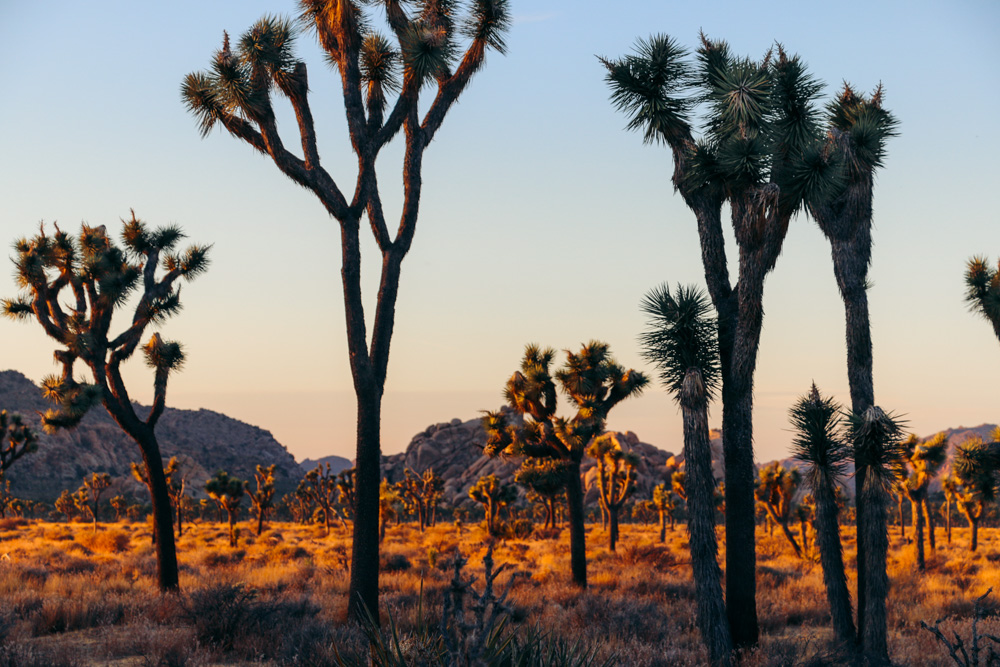
3. Easy Way to Share Your Travel Experiences with Others
We document our travel experiences to remember them and to share them with others. A photo gallery or a short video carry more validity. Often they are the only proof you have of your wildest adventures.
Again, you can edit your visual “documents” to your liking. You can use them to dramatize your travel experiences before sharing them with your audiences on social media. Or you can share them with your family and friends in the “raw”, unedited state.
I’d always felt like I was cheating if my edited photos looked notably different from the raw, right-from-the-camera images. Explanations like “camera lenses distort the colors of the images to some extent” didn’t hit home with me. All of these changed when I tried to photograph a gorgeous sunset in Joshua Tree National Park several years ago.
I use the word try for a reason. Neither my camera nor phone did justice to the sky embellished with rich red, pink, and yellow shades. My images looked flat and desaturated. Some were overexposed. The raw photos didn’t even look slightly similar to what my eyes saw. Editing was necessary. I could see it now.
I edit all my travel photos and videos nowadays to correct colors and emphasize details of the trips the way I remember them, not the way the camera captured them.
Note: While visual images are the simplest way to share your travel memories, written words in the form of an article or even a book give you the full, more detailed picture of the trip.
4. Documenting Travel Experiences to Celebrate Special Moments and People
The Japanese philosophy of ichi-go ichi-e focuses on treasuring fleeing movements of time. According to the nation of the Land of the Rising Sun every experience is unique. It’s unrepeatable.
You can’t have the same conversation with the same people in the same tea shop twice. Every encounter happens only once. Like you can’t enter the same river twice, you can’t have the same experience more than once. Every moment is fleeting.
You may never have time or inclination to document all of your travel experiences while exploring a new place. Document the most important ones. Those that stimulate your senses, shape your viewpoints, and remind you of generosity strangers showed you halfway across the world. These travel moments are the ones that you want to come back to again and again as the time goes by.
Read more: The 6 Best Books on Japanese Art of Happiness and Living
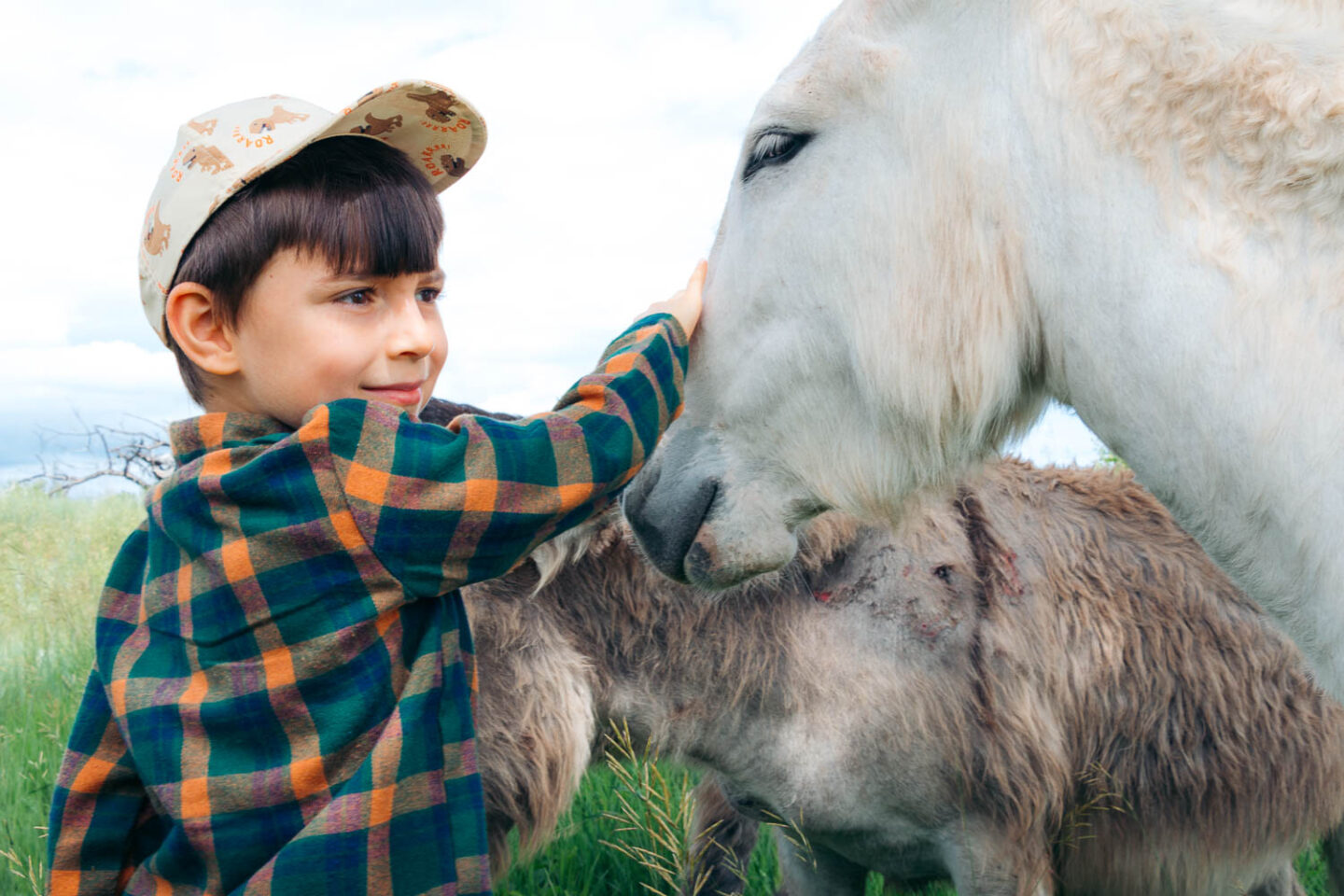
5. Documenting Helps You Analyze Your Feeling and Words
Documenting your life goes beyond just making sure you remember your special travel moments. A simple stroke of a pen on the paper opens a bottomless well to your heart. It helps you to analyze yourself and your feelings.
Documenting your travel experiences in written form adds clarity. It can remind you of the reasons why you like to travel. The earlier entries in your journal can stir up a lost passion for nature, motivate you to get outside more often, spark your curiosity and desire to explore freely and openly once again.
What words do you use to express your feelings? Does being in nature arouses the same emotions as being in a city? What questions do you ask yourself while looking at remains of once world’s famous structures? Do they open a flow of thoughts that go far beyond the location you are in at the moment of documenting? Does this experience inspire you to take on a new hobby or start a new project?
Some of my brightest ideas and most profound realizations occurred in quiet places, such as an empty beach or a foggy trail, far away from my daily routine, when I let myself be still and take a moment to write down a sentence or two in my journal. In other words, documenting my travel experiences helps structure my narrative whether I keep it in a notebook on my shelf or share it with others.
6. Documenting Your Travel Experiences May Even Help You Achieve Your Dream of Writing a Book
Last but not least, documenting your travel experiences can lead to something grand. It may take you closer to your secret dream of writing a book or making a YouTube series.
The calling of the book or movie may be soft and quiet at the beginning of your journey. Occupied with everyday chores, it’s easy to ignore it. Traveling to a new place where the novelty of the lifestyle, cuisine, and nature strips the heavy cloth off your mind lets you be intuitive with yourself and follow the deepest desires of your soul.
If writing, photographing, or documenting your trip in any other way feels almost indispensable to you, do it. You don’t know how the words will arrange themselves on the pages of your journal or what stories your images will tell. But one thing is certain. You will never regret documenting your experiences of traveling the world.
